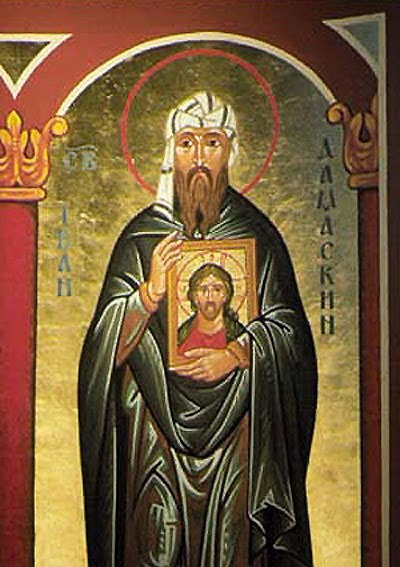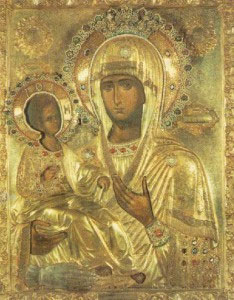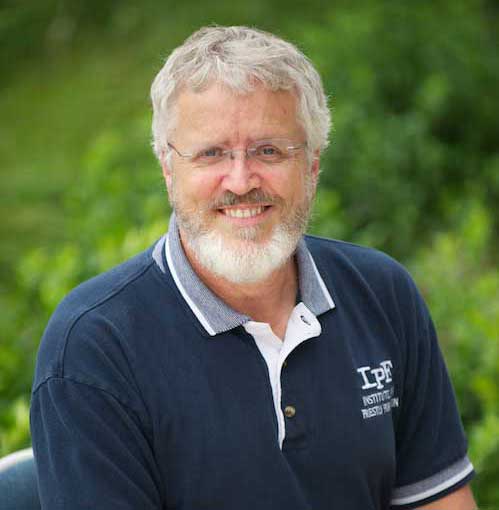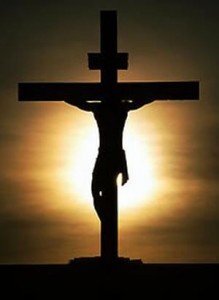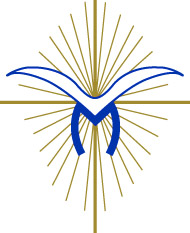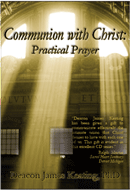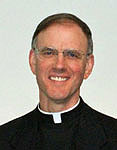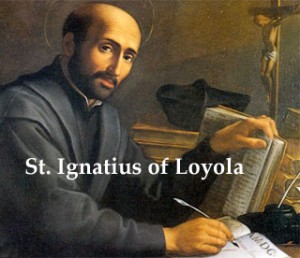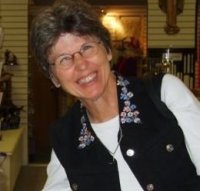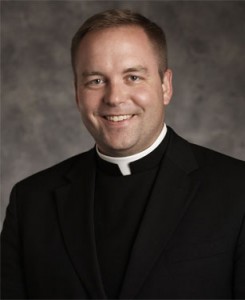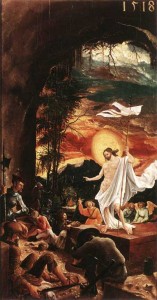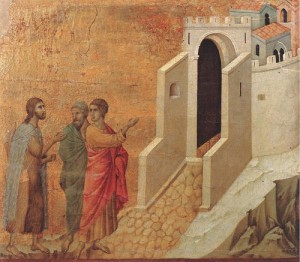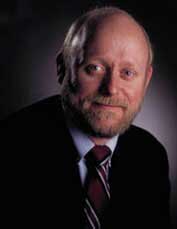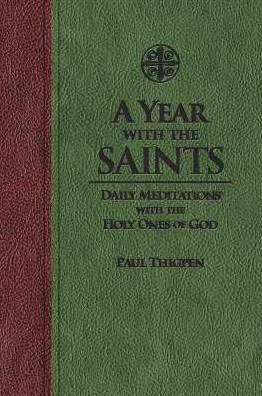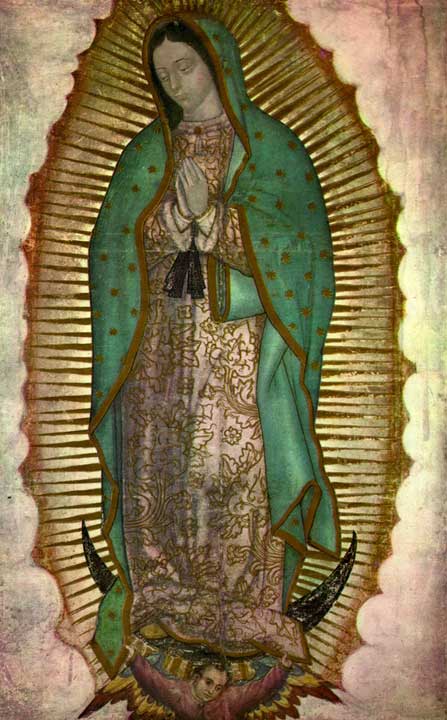
Lady of Guadalupe — Presentation Transcript
1. Discoveries about the tilma of the Virgin of Guadalupe Empress of America Andre Fernando Garcia click anywhere on page to continue
2. Would you like to read something that will not only surprise you, but change your way of thinking forever? Then, read what science has discovered about the tilma of the Virgin of Guadalupe:
3. 1. Ophthalmalgic studies made on the eyes of Mary detected that when the eye is exposed to light, the retina contracts, and when the light is withdrawn, it returns to a dilated state, just as happens with a living eye.
4. 2. The temperature of Juan Diego’s tilma, made of a material that comes from fibers of the maguey cactus, maintains a constant temperature of 98.6 degrees, the same as that of a living human body.
5. 3. One of the doctors who analyzed the tilma placed his stethoscope below the black band at Mary’s waist, and heard rhythmic beats at 115 pulses per minute, the same as that of a baby in the maternal womb.
6. 4. No sign of paint has been discovered on the tilma. From a distance of 3-4 inches from the image, one can see only the maguey cactus fibers of the material: the colors disappear. Scientific studies have not been able to discover the origin of the coloration, nor the way the image was painted. They cannot detect vestiges of brush strokes or any other known painting technique. NASA scientists confirm that the paint material does not belong to any known element on earth.
7. 5. When the material was examined under a laser ray, it was shown that there is no coloration on the front or the back of the cloth, and that the colors hover at a distance of 3/10 th of a millimeter (1/100 th of an inch) over the cloth, without touching it. The colors actually float above the surface of the tilma. Isn’t that amazing?
8. 6. The rough material of the tilma has a lifespan of no more than 20-30 years. Several centuries ago, a replica of the image was painted on an identical piece of maguey cloth, and it disintegrated after several decades. Nonetheless, during the almost 500 years of the miracle, the cloth with the image of Mary remains as strong as it was on the first day. Science cannot explain why the material has not disintegrated.
9. 7. In the year 1791, muriatic acid accidentally spilled on the upper right side of the tilma. During the period of 30 days, without any special treatment, the affected fabric re-constituted itself miraculously.
10. 8. The stars that appear on the Mantle of Mary reflect the exact configuration and positions that could be seen in the sky of Mexico on the day the miracle happened.
11. On the right side of the Virgin’s mantle, the southern constellations are indicated: At the top are four stars that form part of the Orphiuchus constellation. Below it to the left, one finds Libra , and to its right, at what seems an arrow point, is the beginning of Scorpio. In the middle are the constellations of Lupus and to its left, an end point of Hydra . Further down, one can clearly see the Southern Cross ; above it appears the slightly inclined square of the Centaurus constellation.
12. On the left side of the Virgin’s mantle one sees the northern constellations: At her shoulder, a fragment of the stars of the Herdsman constellation; below it and to the left is the Great Bear . To its right is Berenice’s Hair ; below it, Hunting Dogs , and to its left, the Thuban , which is the brightest star of the Draco constellation. Below the two parallel stars (which still form part of the Big Bear), one finds stars from another pair of constellations: the Auriga and at the bottom, three stars of Taurus . Thus, in their totality and proper places, the 46 most brilliant stars that can be seen on the horizon of the Valley of Mexico are identified.
13. 9. In the year 1921, a man concealed a high power bomb in a flower arrangement, and placed it at the feet of the tilma. The explosion destroyed everything around it, except for the tilma, which remained intact.
14. 10. Scientists discovered that the eyes of Mary have the three refractive characteristics of a human eye.
15. 11. In the eyes of Mary (only about 1/3 rd inch in size), miniscule human figures were discovered that no artist could have painted. The same scene is repeated in each eye. Using digital technology, the images in the eyes were enlarged many times, revealing that each eye reflected the figure of the Indian Juan Diego opening his tilma in front of Bishop Zumarraga. Do you know the size of this scene? One fourth of a millimeter (1/100 th of an inch).
16. It is evident that all these unexplainable things were given to us for a reason: To catch our attention. Have they caught yours?
17. To close, let us look at three surprising facts: 1. In the Indian language, “Guadalupe” means to “crush the head of the serpent.” It properly refers to Genesis 3:15: Mary, the conqueror of evil. 2. The image also depicts a detail from Apocalypse 12: “And a great sign appeared in Heaven: A woman clothed with the sun and the moon under her feet.” 3. The Virgin wears a black band at her waist, which symbolizes pregnancy, to indicate that God wanted Jesus to be born in the three Americas, in the heart of each American. “ While I live I will praise the Lord: I will sing praise unto my God while I have any being” (Ps 146:2).
18. This presentation has the single purpose of demonstrating to you that the Virgin will be with you always, whenever you need her, that she will never abandon you, and that you will always be her special son or daughter. Never forget the words she spoke to Juan Diego : My little child, the smallest of all, let nothing afflict you. Do you not know that you are in my lap? Am I not here, I, who am your mother?


